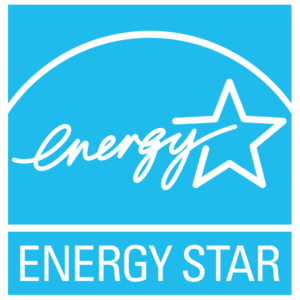Can’t Fix it? Use the Yellow Label to Replace it.
Sometimes something just can’t be fixed. If you want your hot water hot, the ice cubes frozen, or dinner cooked it may be necessary to buy a new hot water heater, refrigerator, or stove. New appliances are expensive, and buying one, particularly when you weren’t planning to, can be an unhappy chore. However, technology has increased so dramatically in the last few years you may find that you can quickly recoup part of the purchase price through reduced energy costs.
For example, new dishwashers and clothes washers use far less water than older models. According to Slate on-line magazine, the average dishwasher purchased in 2003 was 27 percent more energy efficient and used 30 percent less water than one manufactured 1993. “Today’s most advanced machines use just a single kilowatt hour of electricity per load, and as little as 3.18 gallons of water.”
The Department of Energy (DOE) says that today’s refrigerators are 40 percent more efficient than one manufactured as recently as 2001.
But the caveat is in the phrase “today’s most advanced machines.” There are still new products out there plugging along gobbling water and consuming energy at prodigious rates. As long as you have to make the investment in something new, get a product that pays you back.
That’s where Energy Star comes in.

Energy Star, established by the Environmental Protection Agency (EPA) in 1992 and now operated jointly with DOE, is responsible for the bright yellow labels affixed to new appliances, lights, electronics, office equipment; a total of 50 different product categories. The Energy Star label identifies a product as meeting Energy Star requirements and assists the consumer in making the best possible decisions about the energy efficiency before they buy.
The Energy Star label provides the following information:
- The energy consumed by that particular product each year as measured in kilowatt hours (kWh).
- Comparison numbers showing high and low levels of energy use by similar products.
- The savings in dollars that can be expected from using the labeled product over less efficient models.
Dollar savings are calculated using a national average of kWh rates. If you know the rate charged by your own power company (from your bill) you can make a more accurate calculation.
Even if you find a product with a label that indicates Energy Star qualification that label may not be up to date. As products change and improve Energy Star updates its criteria for rating them. One that met 2007 criteria but not 2009 may still be in the product stream but current product information by model and brand is available on the Energy Star website.
